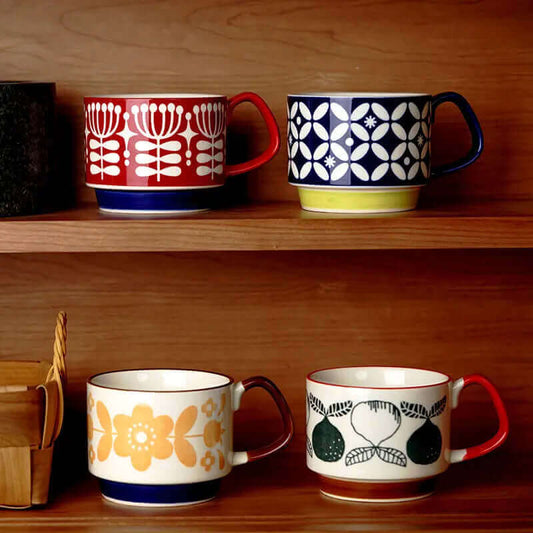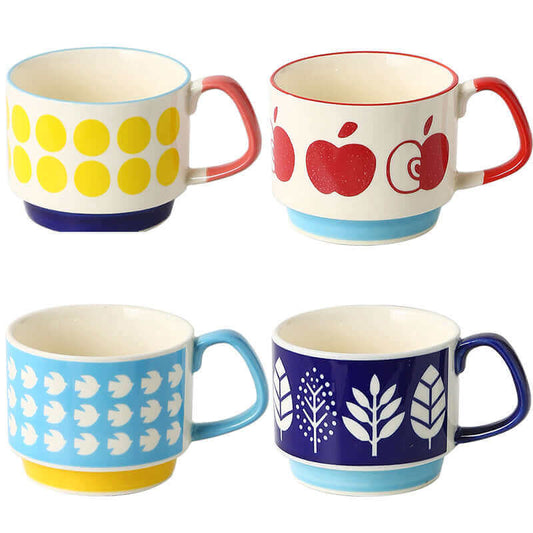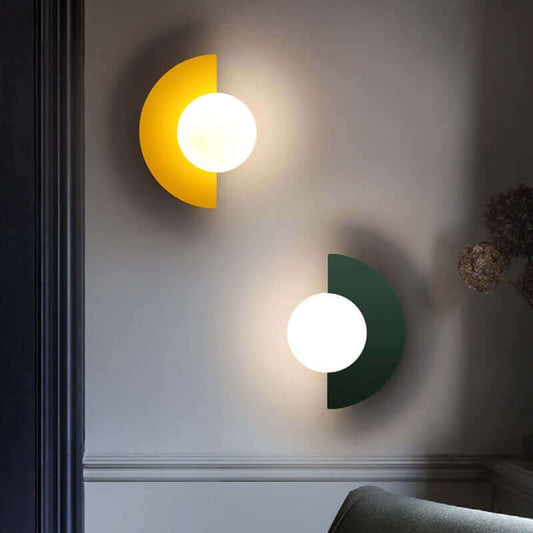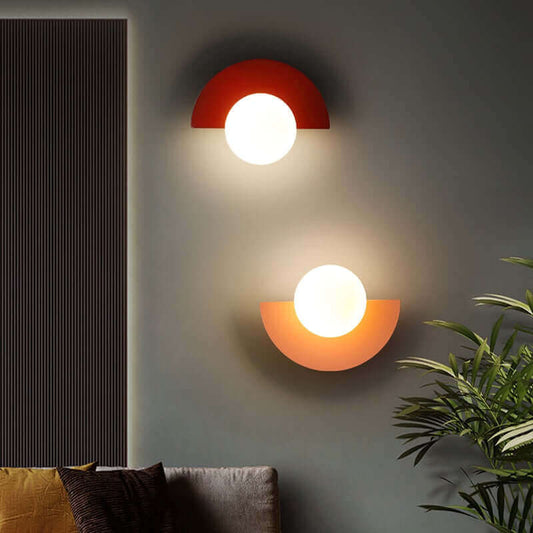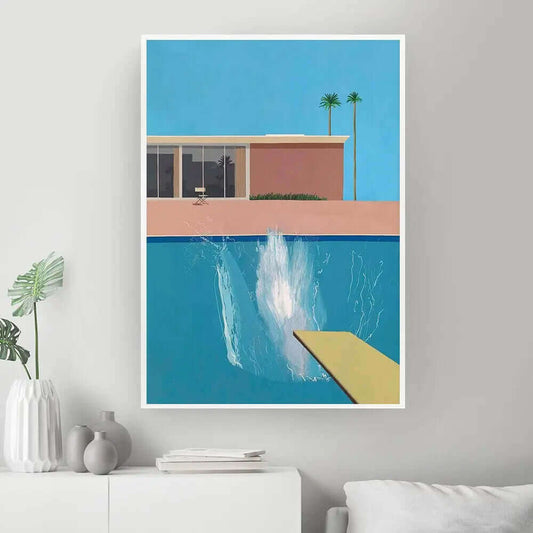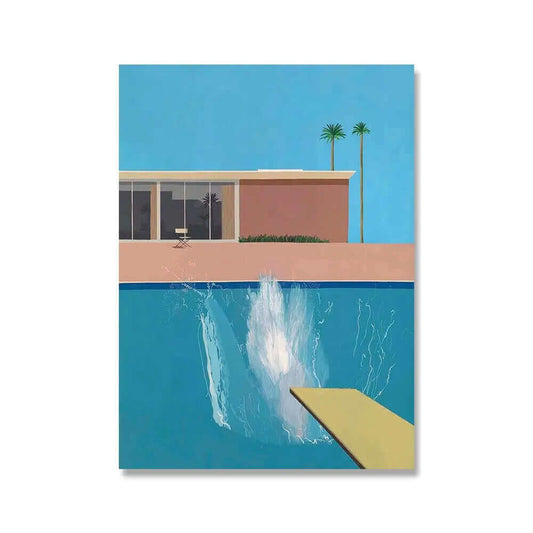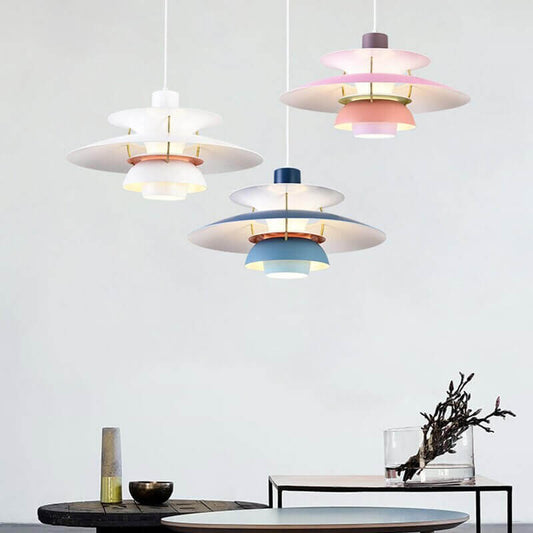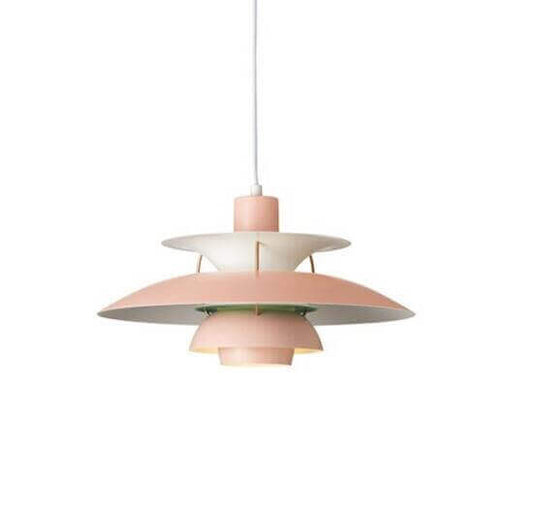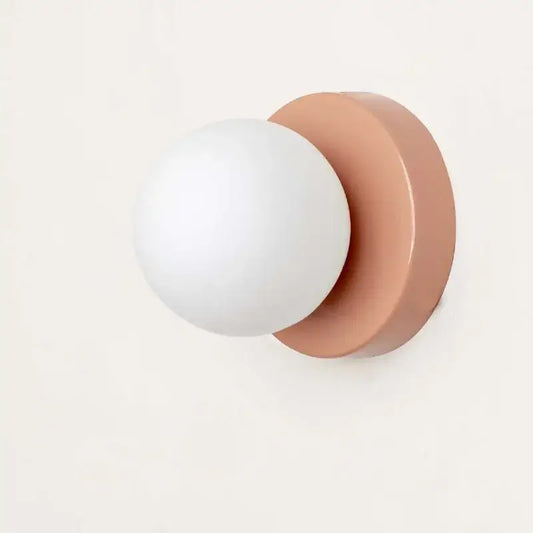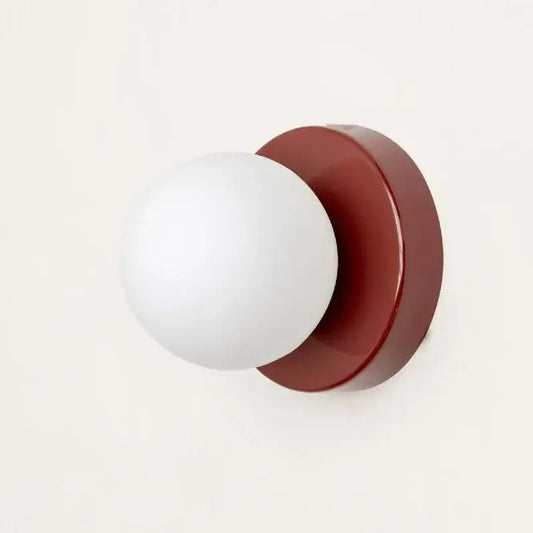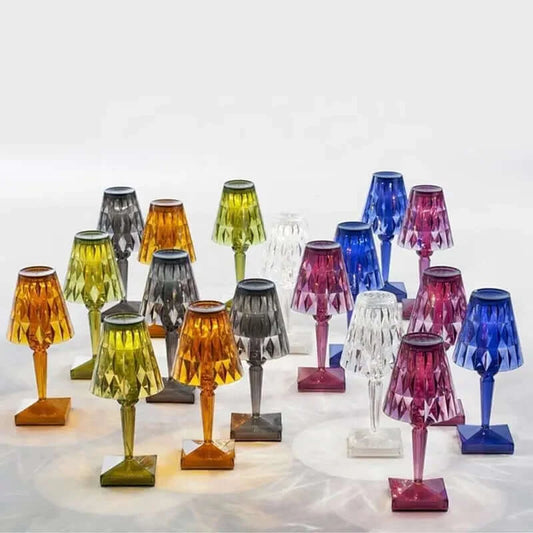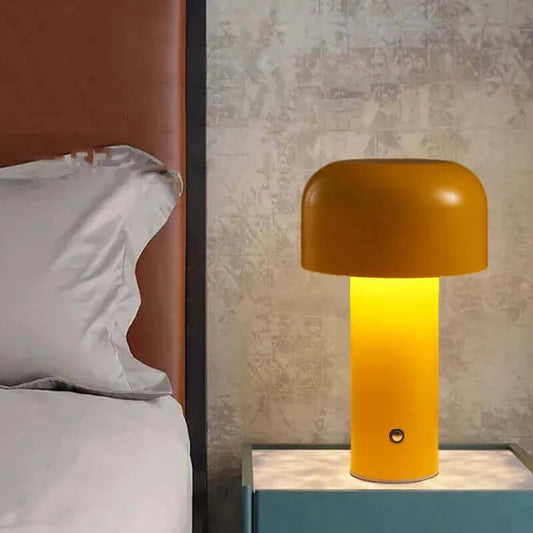The 20th century was a period of significant change and innovation in design, with many different styles emerging and evolving over the course of the century. Here is a general chronology of some of the most significant design styles of the 20th century and today:
1900-1910: Arts and Crafts and Art Nouveau - These styles emerged as a reaction to the industrialization and mass production of the 19th century. Arts and Crafts emphasized hand-crafted, individualized design, while Art Nouveau celebrated the decorative, organic forms of nature.
1910-1920: Futurism and Art Deco - Futurism celebrated the dynamism and power of the machine age, while Art Deco was characterized by its geometric shapes and bold, colorful designs.
1920-1930: International Style - This style, also known as the "modernist" style, was characterized by its emphasis on functionality, simplicity, and the use of new materials and technologies. Architects such as Le Corbusier, Ludwig Mies van der Rohe, and Walter Gropius were key figures in this movement.
1930-1940: Streamline Moderne - This style was characterized by its emphasis on aerodynamic forms, often inspired by the shapes of airplanes and ships.
1940-1950: Mid-Century Modern - This style emerged in the middle of the 20th century, between 1933 and 1965. It was characterized by clean lines, minimal ornamentation, and a focus on functionality.
1950-1960: Pop Art - This style emerged in the 1950s and was characterized by its use of popular culture and consumer goods as subject matter.
1960-1970: Op Art and Minimalism - Op Art was characterized by its use of optical illusions and geometric shapes, while Minimalism was characterized by its emphasis on simplicity and the use of basic geometric shapes.
1970-1980: Post-Modernism - This style emerged as a reaction to the seriousness and functionalism of the modernist movement. It was characterized by its use of irony, pastiche, and the incorporation of elements from historical styles.
1980-1990: Neo-Expressionism - This style was characterized by its use of bold, emotive colors and brushstrokes, and a return to traditional techniques and materials.
1990-2000: Digital Design - This style emerged with the advent of computers and digital technology, and was characterized by its use of digital tools and techniques in the creation of designs.
2000-today: Sustainable design, parametric design, biomimicry, and responsive design are some of the major design styles of the 21st century, characterized by their focus on environmental and social sustainability, use of advanced technology and computational design, and inspiration from nature.
It's important to note that these are general categories and there are many variations and sub-styles within each of them, and many styles overlap in time and influence each other. Also, the design evolution never stops, new styles and movements can emerge at any point.
At Nauradika we curate objects that are inspired by all these movements.
Learn more by reading our “Enhancing Your Living Space: The Importance of Interior Design” article.



